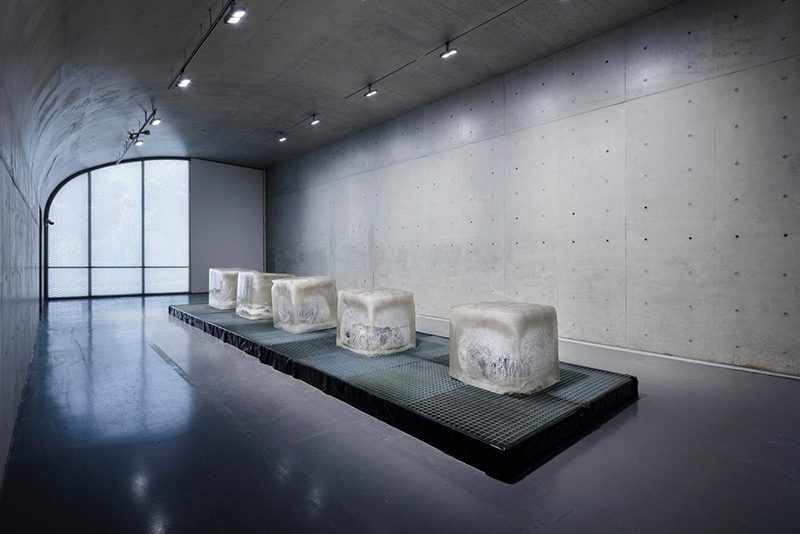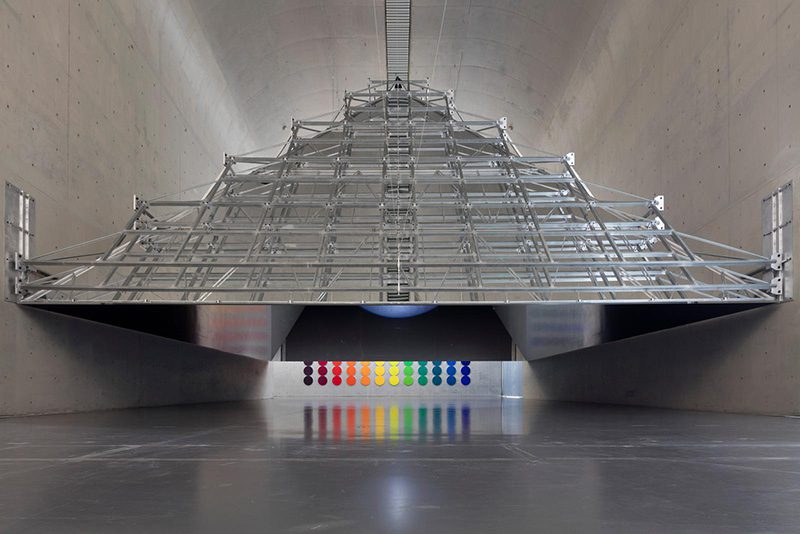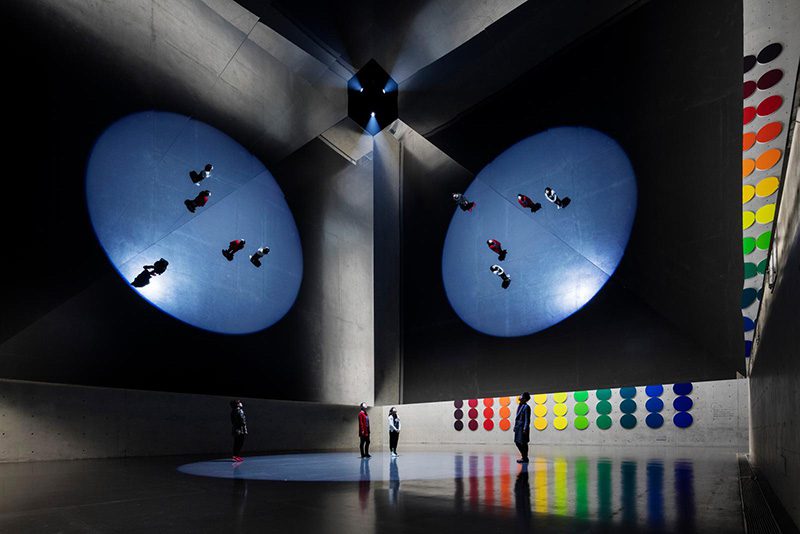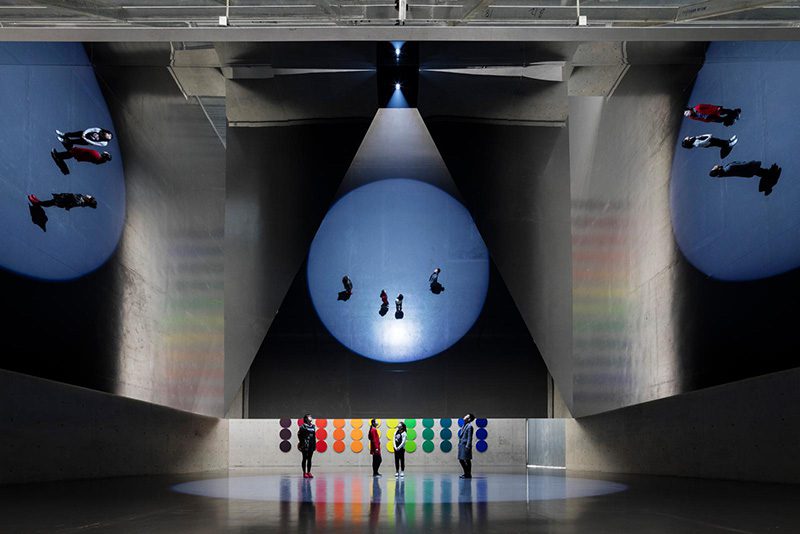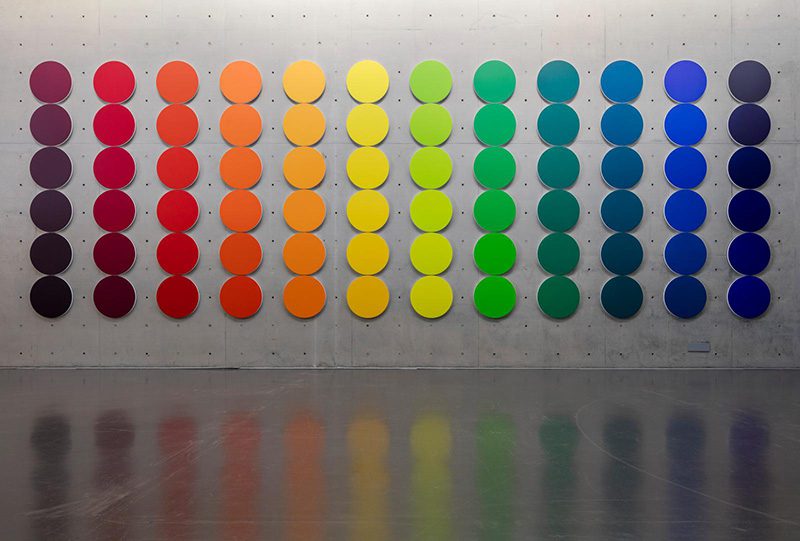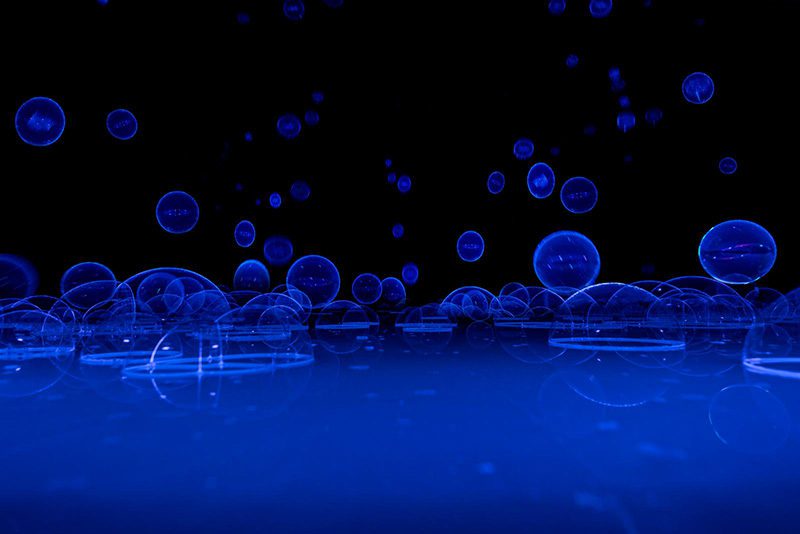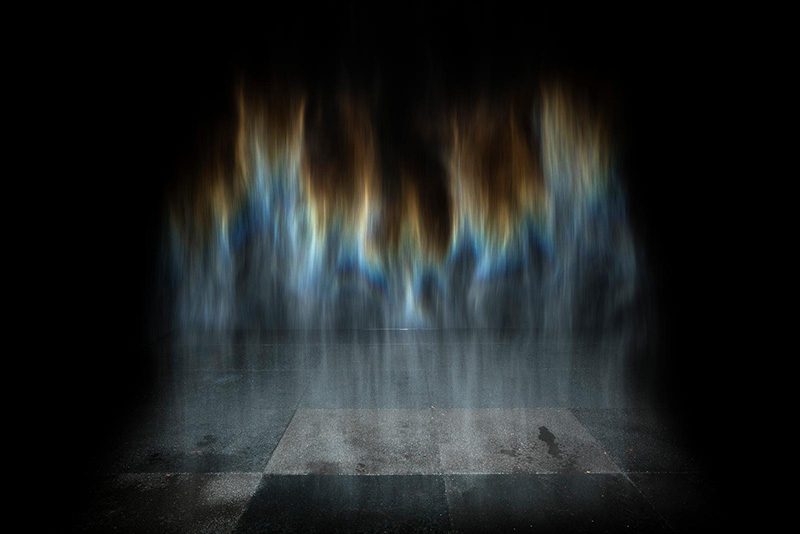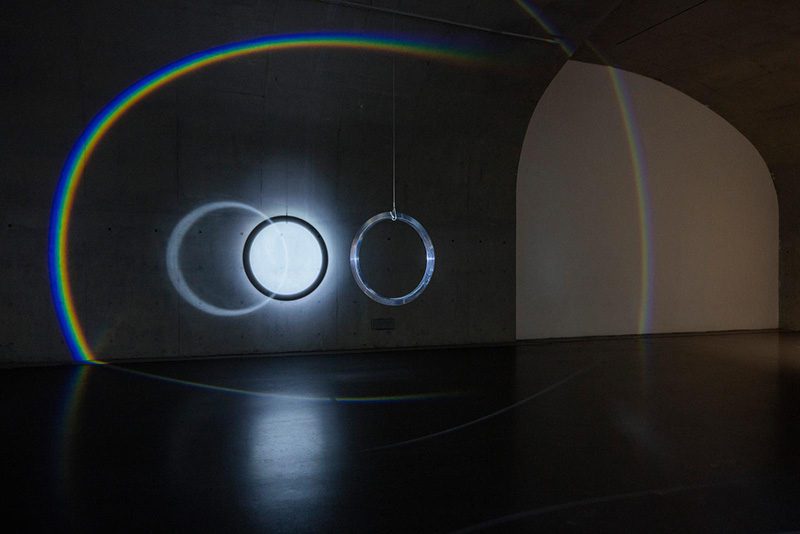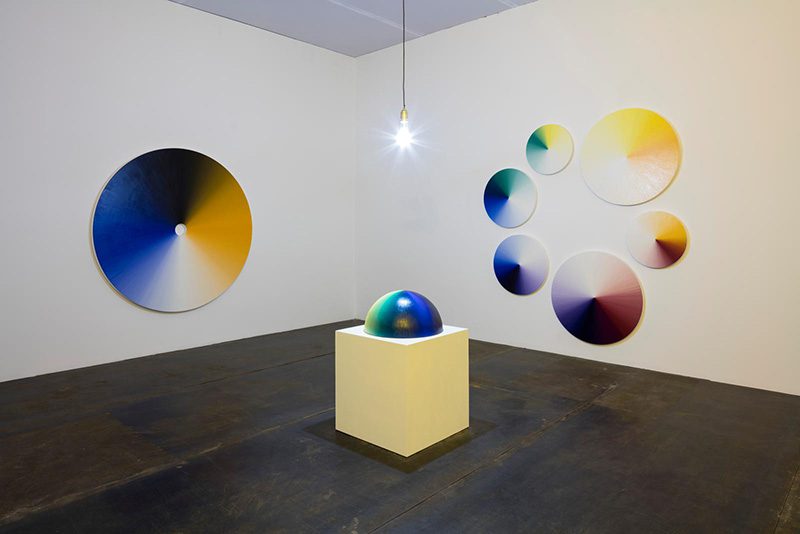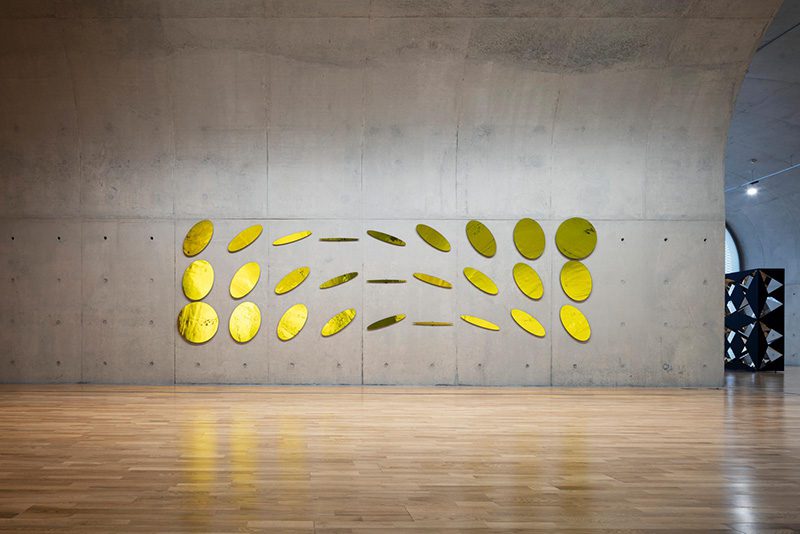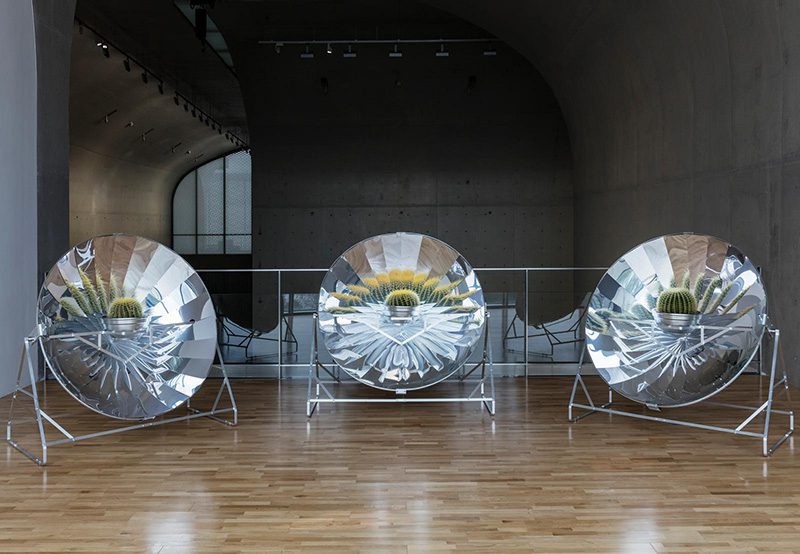ART-PRESENTATION: Olafur Eliasson-Nothingness is not nothing at all
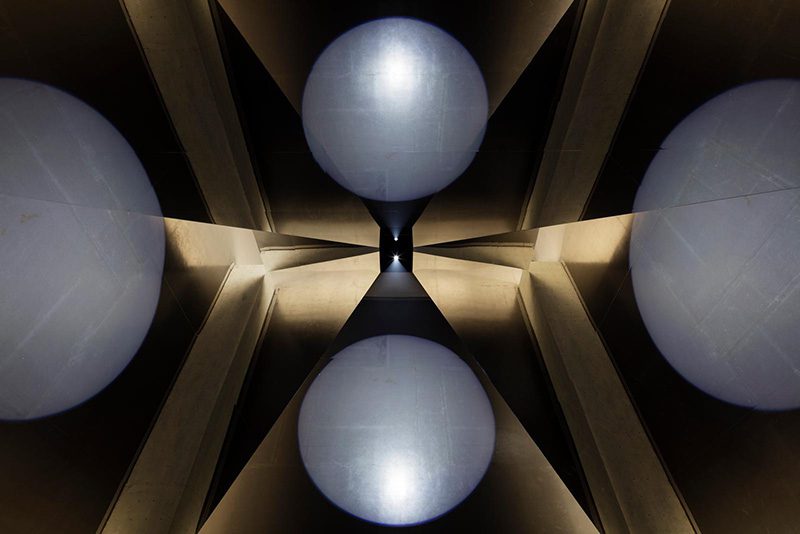 Olafur Eliasson is one of the most representative and influential artists working today. His works reflect on nature and also demonstrate a lively, interested engagement in daily experience, he possesses an astonishing ability to activate space. Since the founding of his studio in 1995, Olafur Eliasson has set his monumental projects both in and around civic space and within Museum and Institutions, each embodying his interests in perception, movement, experience, and feelings of self.
Olafur Eliasson is one of the most representative and influential artists working today. His works reflect on nature and also demonstrate a lively, interested engagement in daily experience, he possesses an astonishing ability to activate space. Since the founding of his studio in 1995, Olafur Eliasson has set his monumental projects both in and around civic space and within Museum and Institutions, each embodying his interests in perception, movement, experience, and feelings of self.
By Efi Michalarou
Photo: Studio Olafur Eliasson Archive
“Olafur Eliasson: Nothingness is not nothing at all” is his first survey exhibition in a Chinese museum. The career-spanning exhibition brings together works from the artist’s vast oeuvre, which extends from the early ‘90s to the present day and includes installations, sculptures, paintings, drawings, and film. A number of new works were conceived especially for the exhibition, including the large-scale, site-specific installation “The open pyramid” (2016). Inspired by the architecture’s combination of rectangular rooms and curved ceilings, Eliasson chose artworks for the exhibition that use basic geometrical principles such as circles, spheres, cubes, or pyramids. Pavilion-like structures create discrete stations within the building, and the capacious interior is divided into individual spaces through precisely curated constellations of artworks. In “The open pyramid” (2016), reflective panels, mounted on an aluminium frame and suspended from a twenty-metre-high concrete vault ceiling of the Museum in Shanghai, form a large square pyramid that floats two and a half metres above the museum’s floor. A spotlight positioned above the pyramid’s open apex cast a bright circle of light through the pyramid onto the floor below. Stepping into this circle of light, visitors can look up into the pyramid’s mirrored interior. The angled walls reflect the floor anthe d viewer vertically rotated, producing the illusion of a virtual cubic space. Many of the works include elemental materials such as stone, ice, water, or light. Series of photographs and color paintings reflect Eliasson’s approach to studying the phenomenon of color perception and investigating the world. Optical devices, lenses, mirrors, and glass spheres emphasise the dynamism and subjectivity of visual perception, providing opportunities for visitors to consider their own participation in the construction of what they see. The works direct the viewers’ attention towards the space they inhabit as well as to the act of perceiving it, highlighting their active role in the discovery and co-creation of their surroundings and the world.
Info: Long Museum, West Bund, 3398 Longteng Avenue, Xuhui District, Shanghai, Duration: 20/3-26/6/16, Days & Hours: Tue-Thu & Sun 10:00-19:00, Fri-Sat: 10:00-21:00, http://thelongmuseum.org
